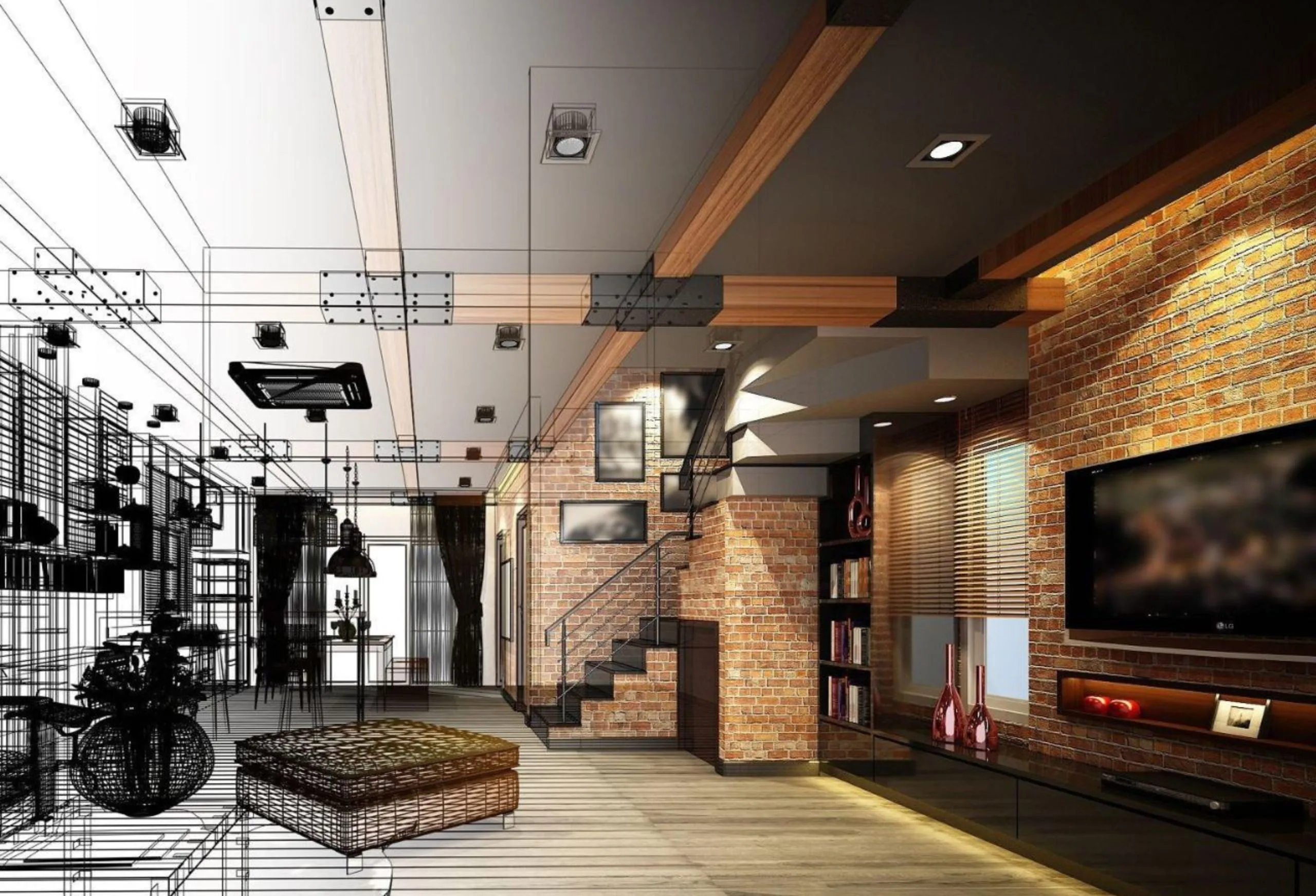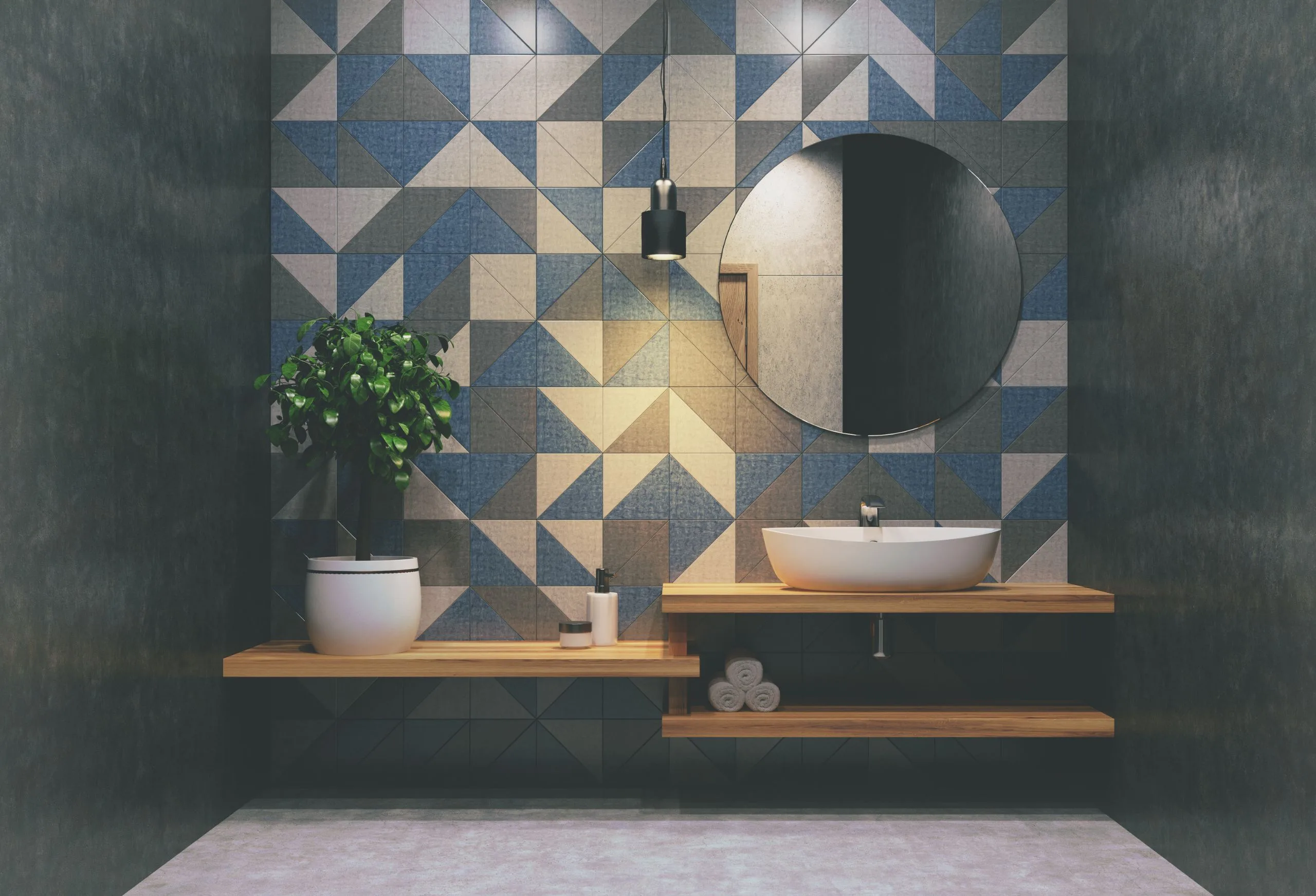Interior design craftsmanship is the art and science of creating beautifully designed and meticulously crafted spaces that not only reflect the personality and preferences of the inhabitants but also enhance their quality of life. It involves the careful selection of materials, colors, textures, and furnishings to create harmonious and functional interiors. Craftsmanship in interior design is not just about aesthetics; it’s about creating spaces that are comfortable, practical, and timeless. One of the key aspects of our interior design craftsmanship is attention to detail. Every element in a well-crafted interior is thoughtfully considered, from the choice of flooring and wall coverings to the placement of lighting fixtures and furniture. Craftsmen pay close attention to the proportions, scale, and balance of the elements within a space to create a sense of harmony and cohesion. This attention to detail ensures that every aspect of the design works together seamlessly to create a cohesive and visually pleasing environment.
our Craftsmanship in interior design also involves the use of high-quality materials and finishes. Designers often work with artisans and skilled craftsmen to create custom pieces that are unique to each project. Whether it’s handcrafted furniture, bespoke cabinetry, or custom-made textiles, these pieces add a level of luxury and individuality to the space that cannot be achieved with mass-produced items. The choice of materials, such as natural stone, hardwood, and fine textiles, also contributes to the overall quality and durability of the interior. Another important aspect of interior design craftsmanship is the integration of technology and functionality. Today’s interiors often require the incorporation of smart home technology, energy-efficient systems, and innovative storage solutions. Craftsmen work closely with architects and engineers to ensure that these modern amenities are seamlessly integrated into the design without compromising the aesthetic appeal of the space. The result is a home that not only looks beautiful but also functions efficiently and meets the needs of its occupants.
In addition to creating aesthetically pleasing and functional interiors, craftsmanship in interior design also involves sustainability and environmental responsibility. Designers are increasingly mindful of the environmental impact of their choices and are seeking out eco-friendly materials and practices. This includes the use of reclaimed wood, recycled materials, and energy-efficient lighting and appliances. Craftsmanship in interior design means creating spaces that not only stand the test of time in terms of design but also in terms of their environmental impact. The importance of craftsmanship in interior design extends beyond the initial design phase. It also encompasses the execution and installation of the design. Skilled craftsmen and artisans are responsible for bringing the designer’s vision to life, ensuring that every detail is executed to perfection. This level of dedication and expertise is what sets apart a well-crafted interior from a run-of-the-mill one.
Ultimately, craftsmanship in interior design is about creating spaces that are not only beautiful and functional but also deeply personal and meaningful to the people who inhabit them. It’s about paying attention to the smallest of details, using the finest materials, and incorporating the latest technology to create interiors that are truly exceptional. Whether it’s a cozy family home, a luxurious hotel suite, or a cutting-edge office space, craftsmanship in interior design is the hallmark of a space that transcends trends and stands the test of time. It’s the art and science of creating spaces that are a joy to live, work, and play in, and it’s a testament to the enduring power of design and craftsmanship to enrich our lives.












